Over Drawing
Over Drawing
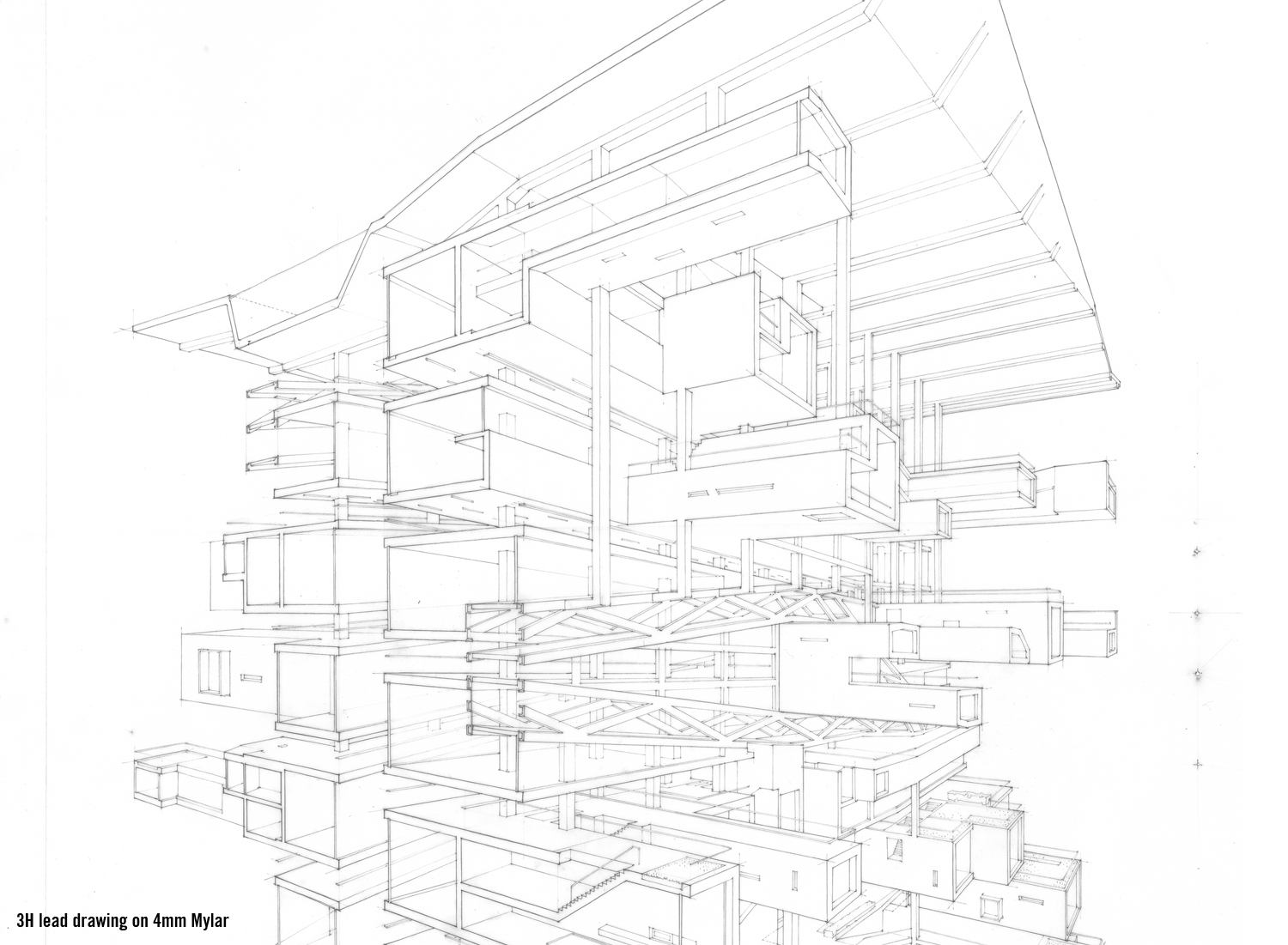
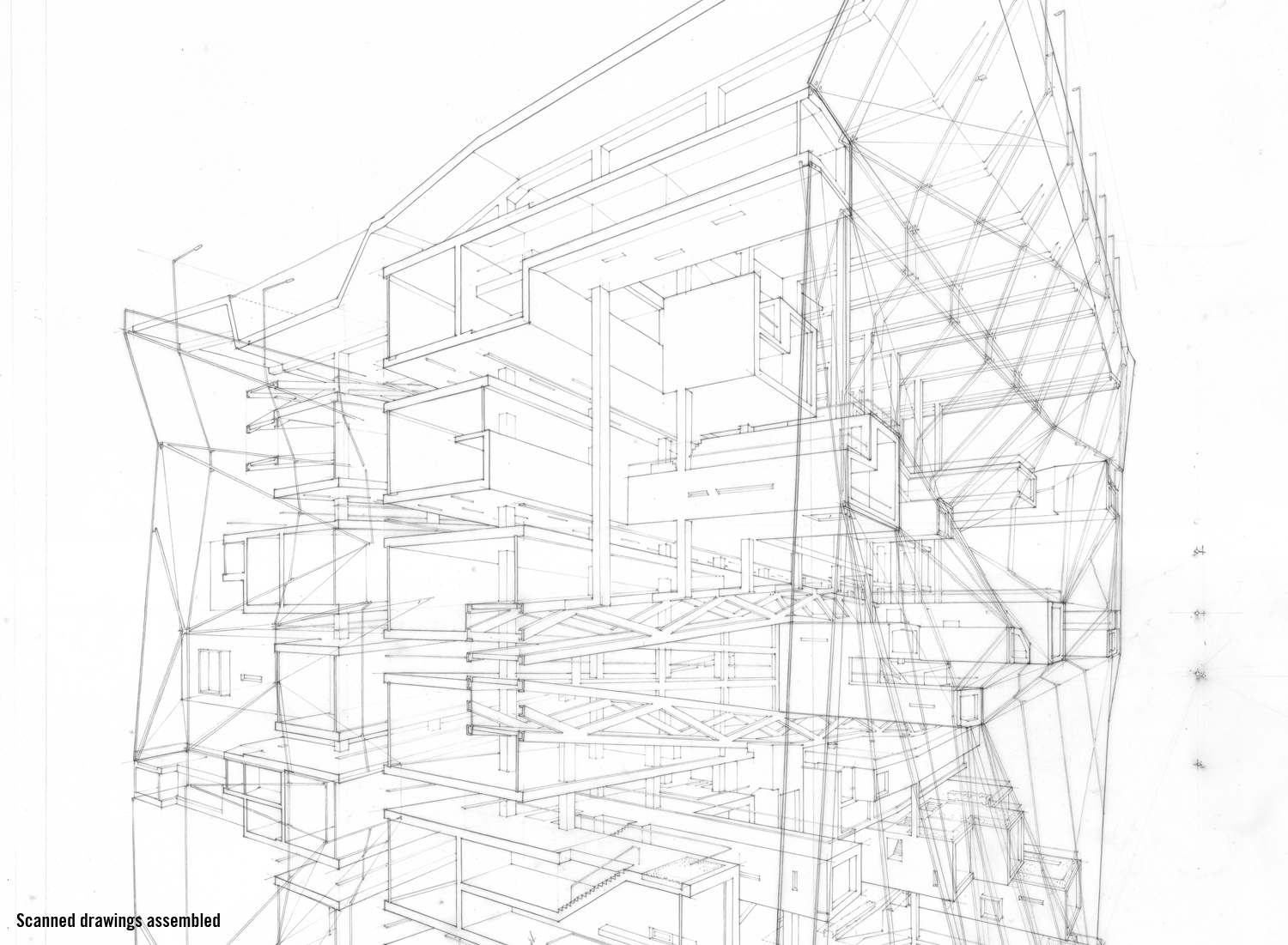
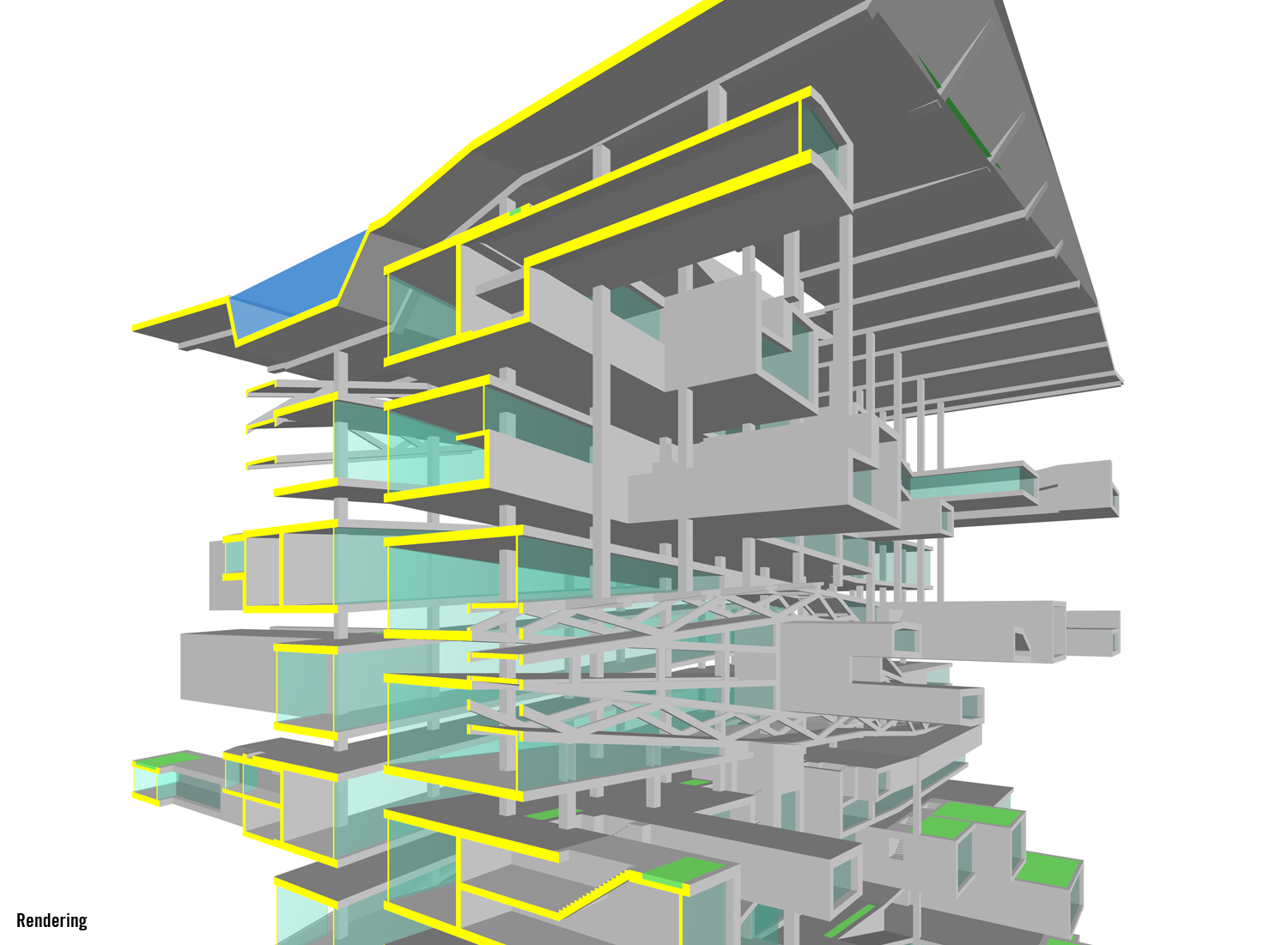
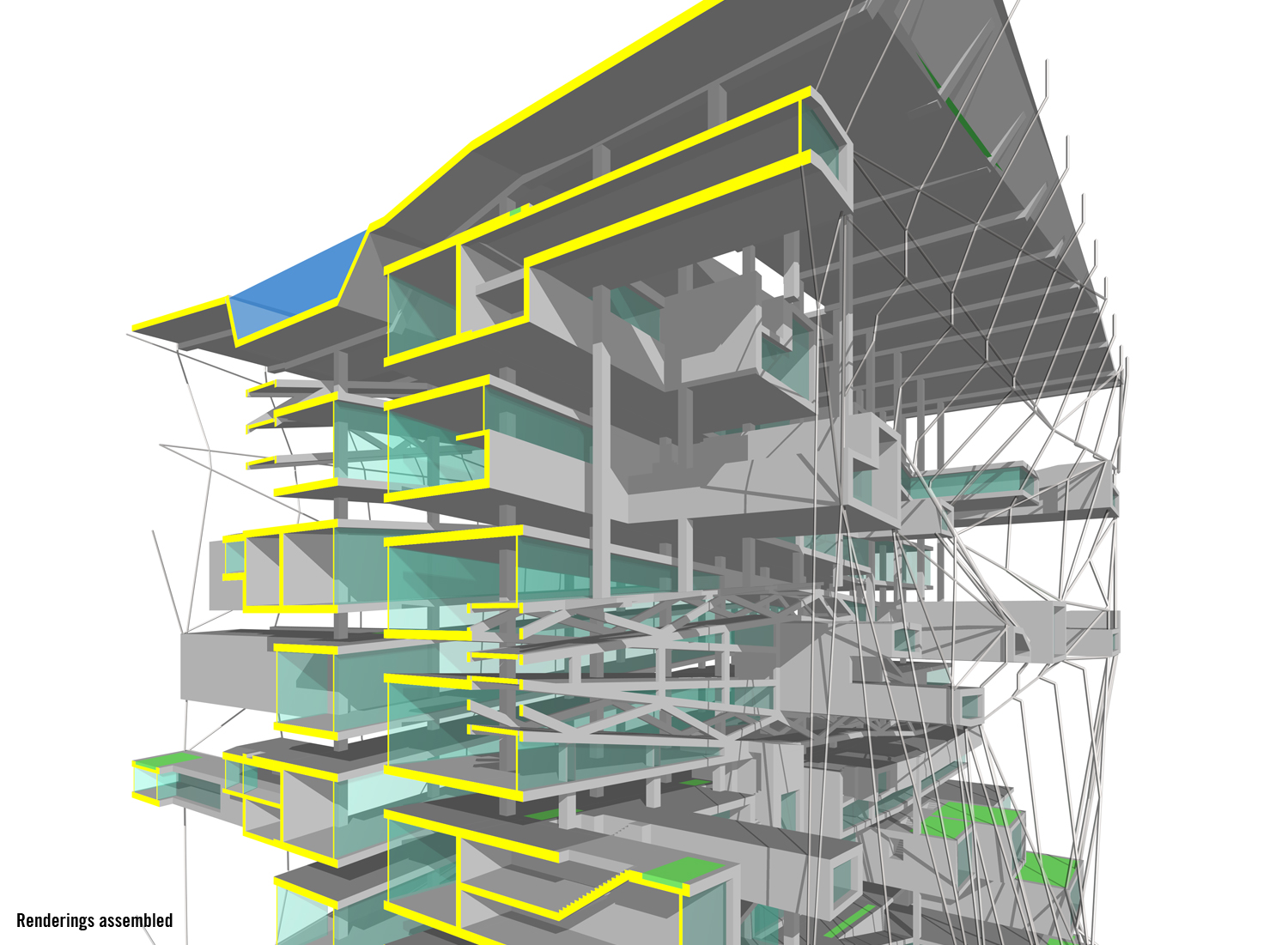
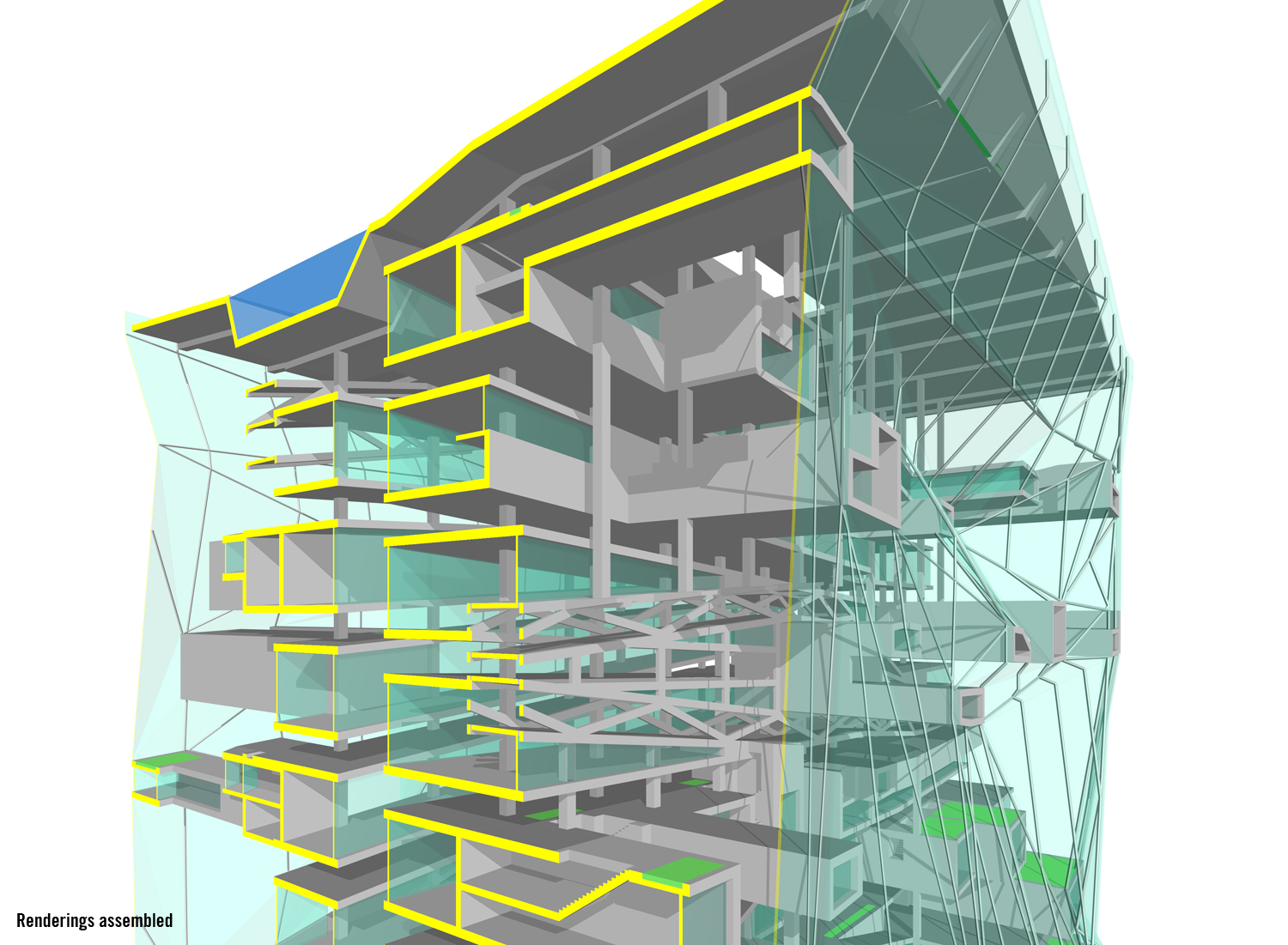
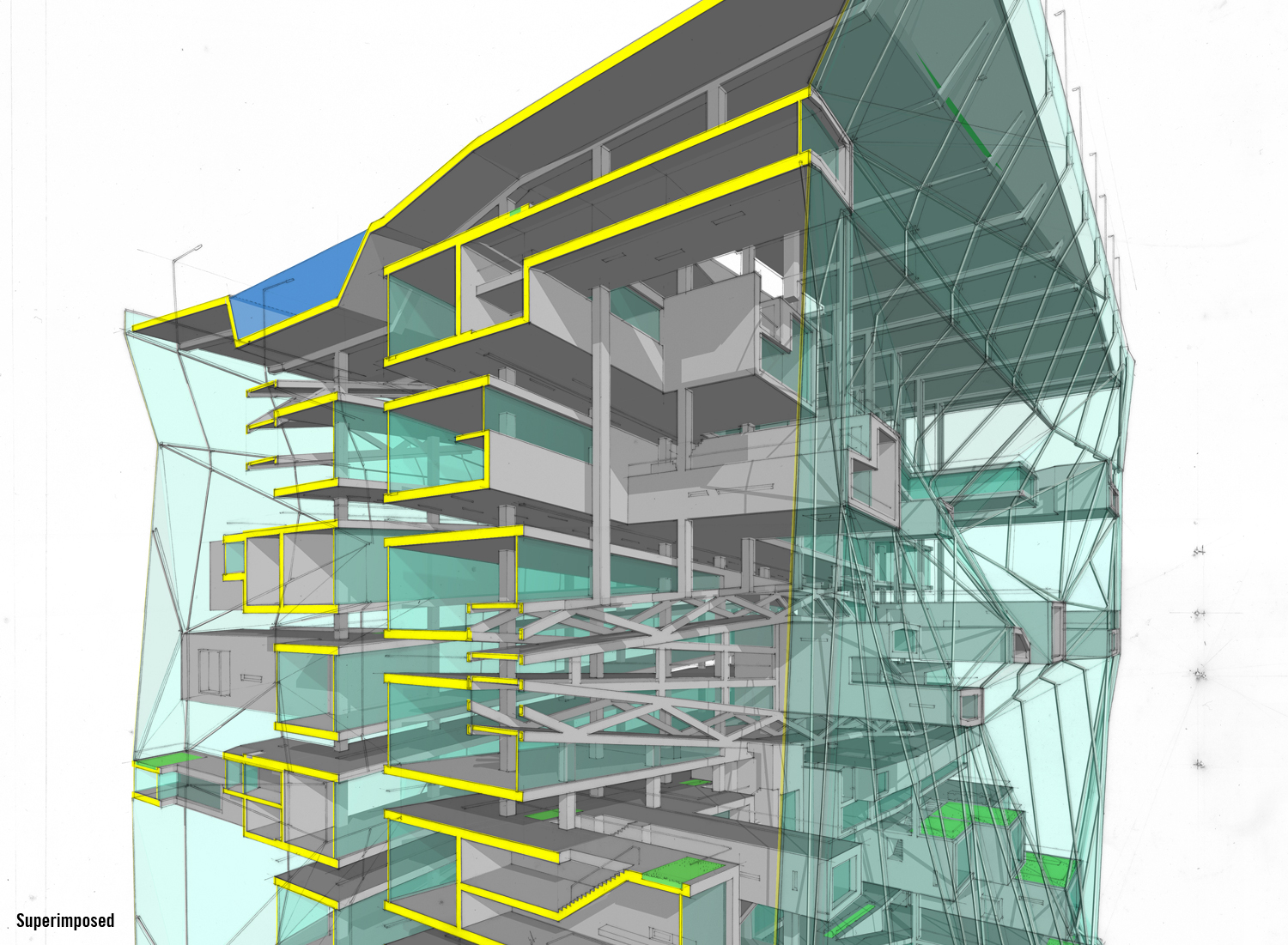
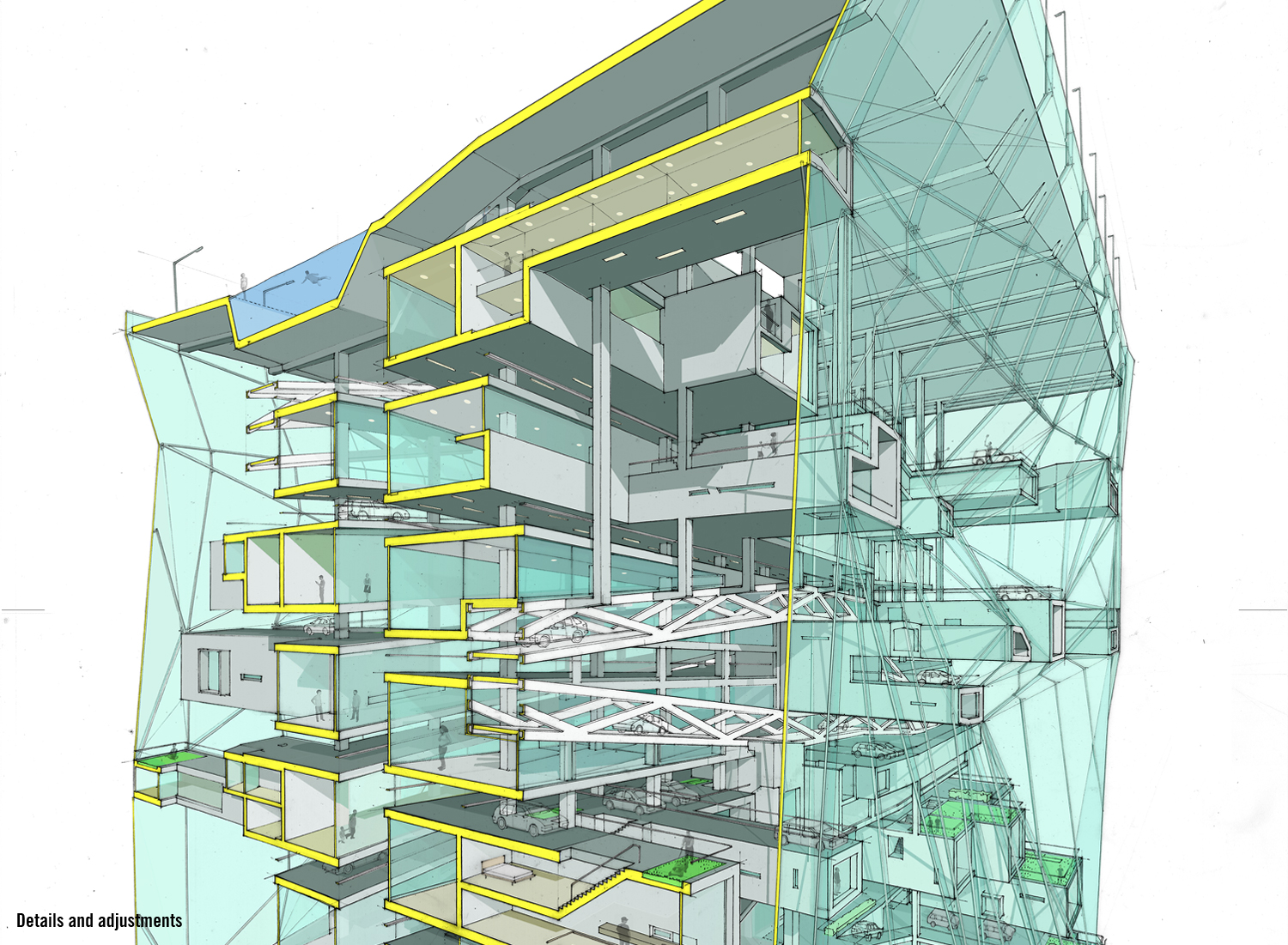
In Balzac’s novel The Unknown Masterpiece the protagonist, Porbus, struggles to unite two styles of painting that have split the discourse of art, best illustrated in the debate between Ingres and Delacroix. On Ingres’s side are those who argue that art and representation is a demonstration of the intellect and as such should be controlled and conveyed through line, drawing or disegno. The supporters of Delacroix argue that the purpose of art is the translation of the world through the effects of paint, engulfing the viewer in the totality of the image through color or colorito. Whether told as the contest of Michelangelo versus Titian, Rome versus Venice, line versus color, or thought versus passion, the central tenets of the debate remain the same.
While Balzac’s Porbus ultimately overcomes the dichotomy through masterful synthesis, over 150 years later the discourse of architecture is repeating this debate, now cast into the arena of technology and representation. Because of its dependence on line and delineation to control the translation of ideas into built form, the discipline of architecture has almost always sided with Ingres, Michelangelo, and disegno. However, with the introduction of digital technology—specifically, complex rendering software that can situate the viewer within an atmospheric and perceptually realistic representation of space—the possibility for reviving the argument of Delacroix, Titian, and colorito has emerged, and with vengeance.
Unfortunately, this has resulted in a tedious and counterproductive split between proponents of traditional forms of architectural representation (drawing by hand, sketching, and hardline constructions) who claim the inherent intellectual value of drawing as a means to knowledge, and those who favor digitally generated immersive representations (generated through high-end, complex, and often expensive programs) and tend to see past techniques as antiquated.
Recognizing the simultaneous potential and limitation of both approaches, we seek to cultivate and encourage a Porbus-like search for a truly complex form of architectural representation, one that learns from both, steals selectively, and pays little heed to zealots on either side. This means inventing drafting, representational, and production tactics that short-circuit traditional protocols and patterns of work determined largely by software constraints. It calls for an agile exchange between line and color, between drawing and production, between manual and digital means of working in order to circumvent current frames of thinking for the benefit of continuing architectural vitality.
The drawings combine what works best from the overlaps of disparate mediums and methods, through an active looping exchange between scanners, printers, software, and parallel rules. Color, tone, and surface qualities from digital renderings integrate with lines, edges, and details from 3H leads on 4mm Mylar. The speed of one is augmented (and slowed down) by the agility of the other. Rather than relying on a single technique, rapid computer-generated renderings are overdrawn by hand, with detailed development and design alterations to the initial form emerging in the process. These drawings are then scanned and recomposited with the original rendering, and this hybrid image is further digitally manipulated to capitalize on the qualities of both media.
